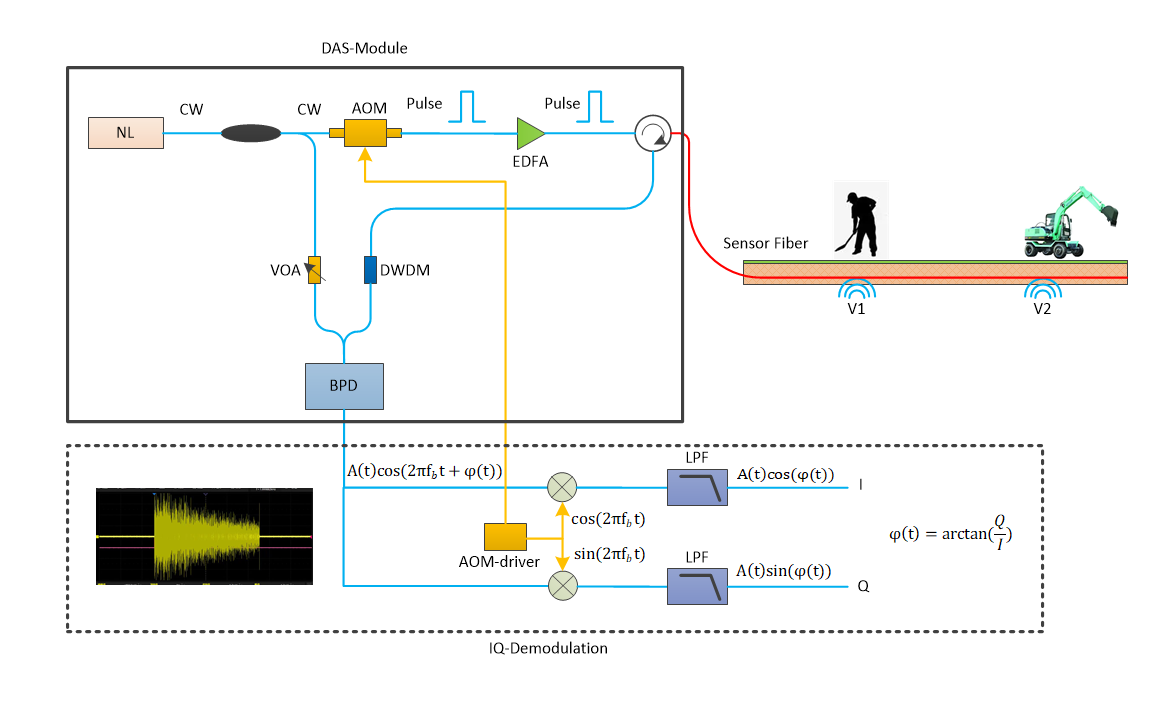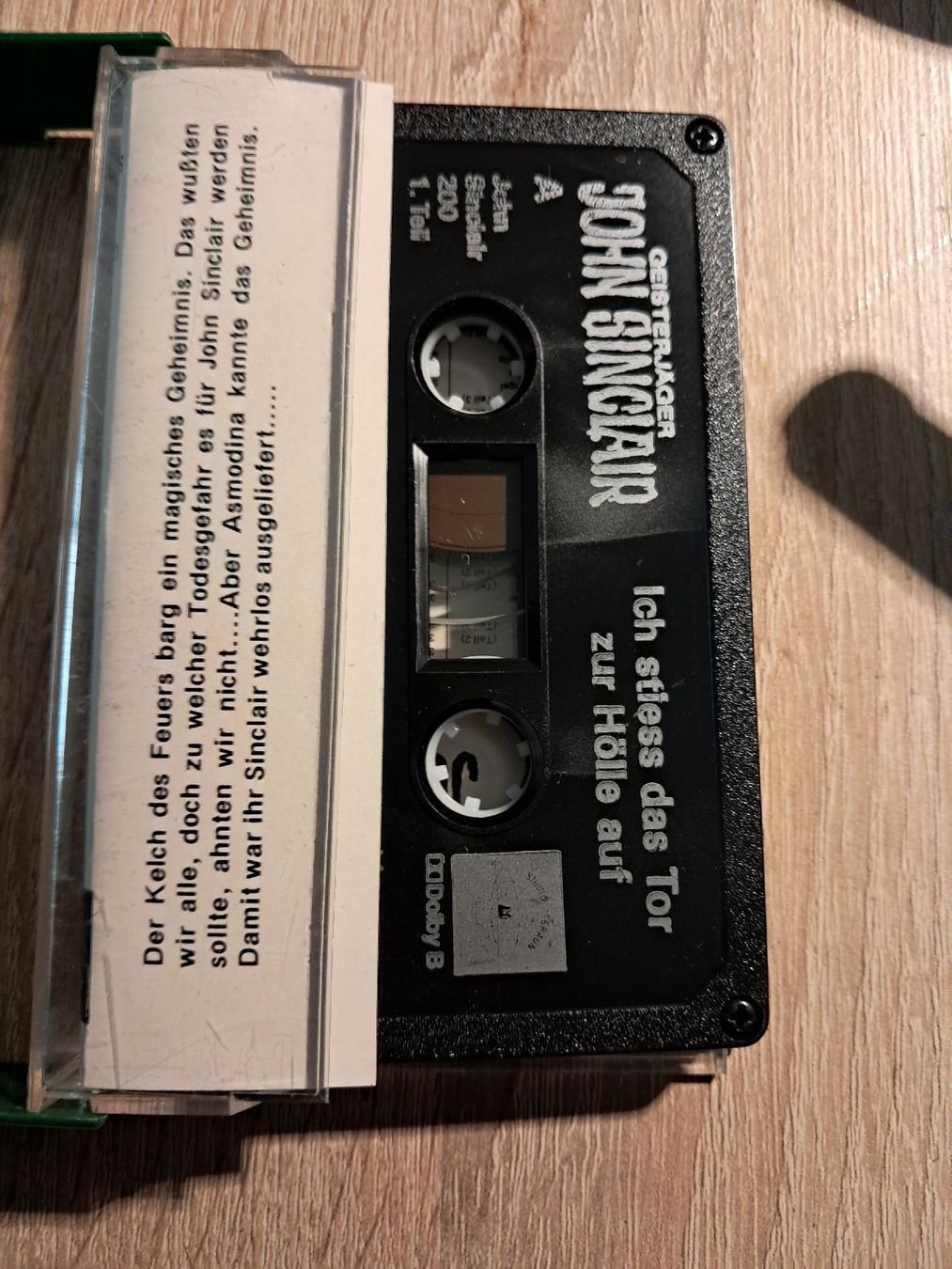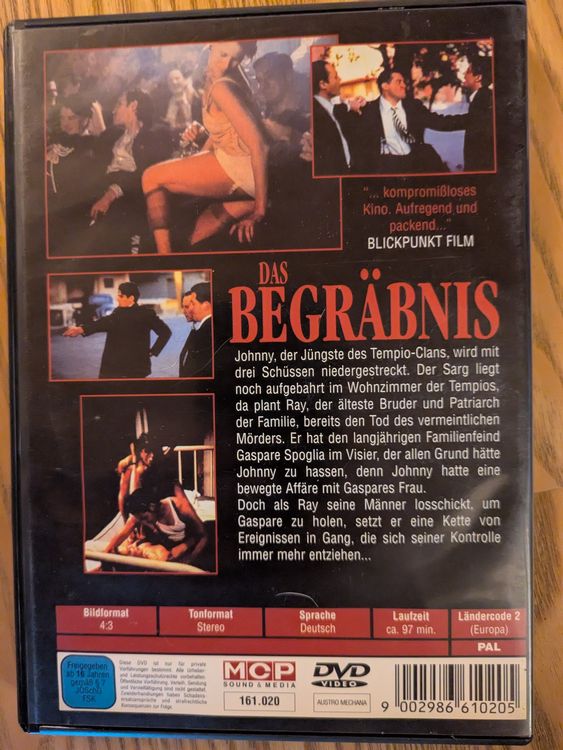When we talk about "das leis," we are speaking about the foundational rules that shape a society, the very structure of how things work in a country. These are the guidelines that help keep things in order, offering a framework for how people and institutions interact. They give a sense of predictability, you know, which is really quite important for daily living. Understanding these basic principles can make a real difference in how one sees the broader legal picture.
There's a certain arrangement to these rules, a way they fit together, that helps determine which one takes precedence over another. It's like a set of instructions, some of which carry more weight than others, depending on the situation. This system helps to sort out what applies where, and it is that kind of organization that provides a backbone for legal matters. It is, basically, a way to make sure everything lines up correctly.
From the broadest national principles to the specific details that affect a local area, the range of these legal documents is quite wide. You might be surprised, for example, just how many of these rules exist and how they touch upon various aspects of life. It seems, too, that there are millions of these regulations available for public view, covering everything from big picture ideas to very particular situations. So, there is quite a lot to consider when looking at this topic.
Table of Contents
- What's the Idea Behind Law Order?
- How Do We Sort Out All These Rules - Das Leis?
- Where Can You Find Local Rules - Das Leis?
- What About Older Legal Texts - Das Leis?
- Rules for Work and Energy - Das Leis in Action
- Understanding Workplace Rules - Das Leis for Employees
- Putting It All Together - The Structure of Das Leis
What's the Idea Behind Law Order?
The concept of how laws are arranged, or their rank, is really about how important they are and how they apply in a particular country. It establishes a sort of pecking order for all the legal rules. At the very top, you have the main document of the land, the constitution, which stands as the highest law. This top-tier rule sets the tone for everything else, basically.
Following this most important document, there are other types of legal statements that hold differing levels of weight. You have, for instance, what are called complementary laws, which fill in details for the main document. Then come the ordinary laws, which cover many everyday situations. Below these, there are decrees and also regulations, which are usually more specific instructions for how things should operate. This layered arrangement is, you know, a way to keep things organized and clear.
This method of organizing laws also helps when different rules seem to clash. It offers a way to figure out which rule should be followed if there is a disagreement between them. This system is, in a way, like a guide for resolving disputes that might arise from different legal statements. It ensures that there's a clear path to follow, preventing too much confusion, which is pretty helpful.
- Brooklyn Wasteland Games
- Ariana Grande Height
- How Tall Is Karina Kurzawa
- Simon Luckinbill
- Drake Waterfowl
The entire structure of these legal arrangements, the hierarchy of "das leis," is built upon a very basic idea: the principle of legality. This principle means that every action taken by the state, by the government, must have a basis in an existing rule. It means, too, that no one can be forced to do something, or stopped from doing something, unless a rule specifically says so. This ensures fairness and predictability for everyone involved, which is quite important, actually.
How Do We Sort Out All These Rules - Das Leis?
When it comes to putting a number on these rules, there are particular ways that need to be followed. These methods for numbering "das leis" ensure that each one has a unique identifier, making it easier to keep track of them all. It's a system, you know, that helps maintain order within the vast collection of legal documents. Without such a system, finding a specific rule would be, quite frankly, a mess.
The order of these legal documents is set up in a specific way, moving down from the most significant to the more detailed ones. The country's main legal paper, the federal constitution, is at the very top of this arrangement. It serves as the ultimate authority, basically. Then, below that, you find the complementary laws, which add more detail to the foundational principles. So, there is a clear chain of command, in a way.
After the complementary laws, you have the ordinary laws, which cover a wide array of topics for daily life. Following those are what are called provisional measures, which are temporary rules that can be put in place quickly. Then come the decrees, which are usually issued by the executive branch to carry out existing laws. And, of course, there are other types of formal acts that also fit into this structure, each with its own place. This layered approach ensures that all kinds of legal directions are accounted for, you know, in a structured manner.
There are, in fact, specific mentions of certain parts of the constitution that relate to agreements or understandings. For instance, the fifth article of the constitution contains ideas that relate to these kinds of arrangements. It's a section that, you know, helps define certain rights and protections for people. This shows how detailed and specific some of these legal references can be, even within the main document itself.
Where Can You Find Local Rules - Das Leis?
If you are looking for the rules that apply specifically to towns and cities, you can actually find a great many of them. These local "das leis" are available for people to look at, covering all sorts of matters that affect daily life in specific communities. It's a vast collection, truly, of regulations that govern everything from how buildings are put up to how local services operate. So, there's quite a bit of information out there.
The sheer quantity of these municipal rules is quite something to think about. There are, for instance, more than 9.5 million of these local legal documents that have been made available. This number shows just how many specific guidelines exist to manage the various aspects of life in different towns and cities. It's a huge collection, basically, that helps keep local affairs running smoothly, or at least provides the framework for them.
These local rules are just as important in their own setting as the bigger national ones are on a larger scale. They address the particular needs and situations of individual communities, allowing for specific arrangements that might not be suitable everywhere else. It means, you know, that communities have the tools to govern themselves according to their unique circumstances. This local approach is, in a way, a very practical application of the broader legal system.
What About Older Legal Texts - Das Leis?
When we talk about legal documents, sometimes older ones get changed or even completely removed. For example, there's a legal document that speaks about student internships, setting out the arrangements for young people gaining work experience. This kind of document helps to shape how students learn outside of the classroom, which is pretty helpful for their future, you know.
Other legal texts sometimes see their wording altered, or even entire rules are canceled. There was, for instance, a change to the way a certain article was written. And, in some cases, older rules, like numbers 6.494 from 1977 and 8.859 from 1994, were actually done away with. Also, a specific part of article 82 from law number 9.394, dating back to 1996, was also removed. These actions show how legal texts can be updated or removed over time, which is, basically, how things stay current.
There is also a mention of a very specific legal document, law number 2.573, which came into effect on August 15, 1955. This particular rule, you know, would have addressed certain matters relevant to that time period. It's a reminder that legal rules have a history and that they are often a product of the specific moments in which they were created. So, these older documents are still a part of the overall legal story.
Beyond the rules that govern society, there are also fundamental principles that describe how the physical world works. For example, there are the ideas presented by Newton, which talk about concepts like push and pull, and how things speed up. These ideas, you know, have applications in many areas and help us to understand how things move. You can, apparently, find ways to learn about these ideas and even practice with problems related to them.
Rules for Work and Energy - Das Leis in Action
Beyond the rules that govern people and society, there are also fundamental principles that describe how the physical world operates. For instance, there are the ideas put forth by Kirchhoff, which are often referred to as the loop rule and the node rule. These principles, you know, are about how electrical charge and energy are kept constant within electrical pathways and connection points. They are, basically, about balance in circuits.
These principles, sometimes called "das leis" in a broader sense, explain how electrical power behaves in circuits. The loop rule deals with the conservation of energy around a closed path in a circuit, meaning that the total energy change around any complete circuit path is zero. The node rule, on the other hand, deals with the conservation of electric charge at any junction point, meaning that the total current flowing into a junction must equal the total current flowing out. So, they help us understand how electricity moves.
When we talk about financial matters, there's a particular way to figure out what counts as total income for certain purposes. For instance, a specific part of a rule, section one of a certain article, explains that the total income includes the gross income mentioned in article 183 of law number 6.404, which dates back to December 15, 1976. This is, you know, a very specific definition that helps to clarify financial reporting. It shows how precise legal language can be when dealing with money matters.
Understanding Workplace Rules - Das Leis for Employees
There's a very important collection of rules known as the CLT, which stands for the Consolidation of Labor Laws. This set of rules, you know, is what lays out the arrangements for work relationships and the rights that people have in their jobs. It's the main document that tells both employers and employees what they can expect from each other, which is pretty significant for daily working life.
This particular collection of "das leis" was made public in 1943, during the time when Getúlio Vargas was leading the government. At that point, it brought together all the different labor rules that were in place at the time into one single document. Before this, the rules might have been scattered across many different papers, so putting them all in one place made things much clearer. It was, basically, a big step for workers' protections.
The CLT continues to be a very important document for anyone involved in work relationships. It covers things like working hours, pay, vacations, and how disagreements between employers and employees should be handled. It gives a clear picture of what is expected and what protections are in place, which is really quite helpful for maintaining fairness in the workplace. So, it's a foundational text for how work is organized.
Putting It All Together - The Structure of Das Leis
The system of "das leis" involves a careful arrangement of rules, from the most general to the very specific. This arrangement helps ensure that all state actions have a proper basis in established rules. It means, you know, that decisions are not made arbitrarily but rather follow a set path. This creates a sense of order and fairness within the broader legal system, which is something that benefits everyone.
From the main document of the land, the constitution, down to local rules that affect towns and cities, there's a vast amount of information available. This collection includes rules about how laws are numbered, how they are ranked in importance, and even how older laws might be changed or removed. It's a comprehensive body of work, basically, that touches upon many different aspects of life and governance.
Even scientific principles, like those describing how electricity behaves or how objects move, can be seen as a kind of "das leis" in their own right, providing a framework for understanding the physical world. And, of course, the rules governing work and employment are also a big part of this overall structure. All these different types of rules, in their own way, help to provide guidance and structure for a wide range of activities, which is quite interesting to consider.
Related Resources:



Detail Author:
- Name : Madison Reinger
- Username : swift.geovany
- Email : reilly07@hotmail.com
- Birthdate : 2001-11-20
- Address : 241 Rogahn Knoll Suite 631 Juddbury, TX 29878-5494
- Phone : +1 (443) 969-4160
- Company : Schmidt, Howell and Stark
- Job : Mathematical Scientist
- Bio : Omnis rerum dolores iure tempore rerum eum. Quibusdam minima libero reprehenderit temporibus ratione. Quae exercitationem ex distinctio odit voluptas.
Socials
instagram:
- url : https://instagram.com/dietriche
- username : dietriche
- bio : Ipsum in placeat consequatur enim. Et tempora omnis libero dolorem.
- followers : 5864
- following : 1529
facebook:
- url : https://facebook.com/dietriche
- username : dietriche
- bio : Commodi accusamus autem accusamus molestiae et enim qui.
- followers : 2497
- following : 2607
twitter:
- url : https://twitter.com/dietriche
- username : dietriche
- bio : Est reprehenderit quia qui id doloremque voluptas. Harum dignissimos tenetur vitae vero accusantium rerum impedit. Nihil dolor itaque esse magnam.
- followers : 2073
- following : 1881
linkedin:
- url : https://linkedin.com/in/evans.dietrich
- username : evans.dietrich
- bio : Ex autem maxime corrupti voluptatem est.
- followers : 4473
- following : 1860
tiktok:
- url : https://tiktok.com/@dietrich2024
- username : dietrich2024
- bio : Doloribus molestias enim iure facere quaerat. Repellat vitae tenetur illum et.
- followers : 1983
- following : 2351